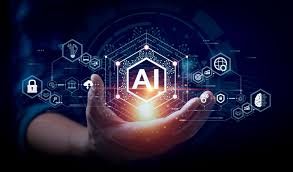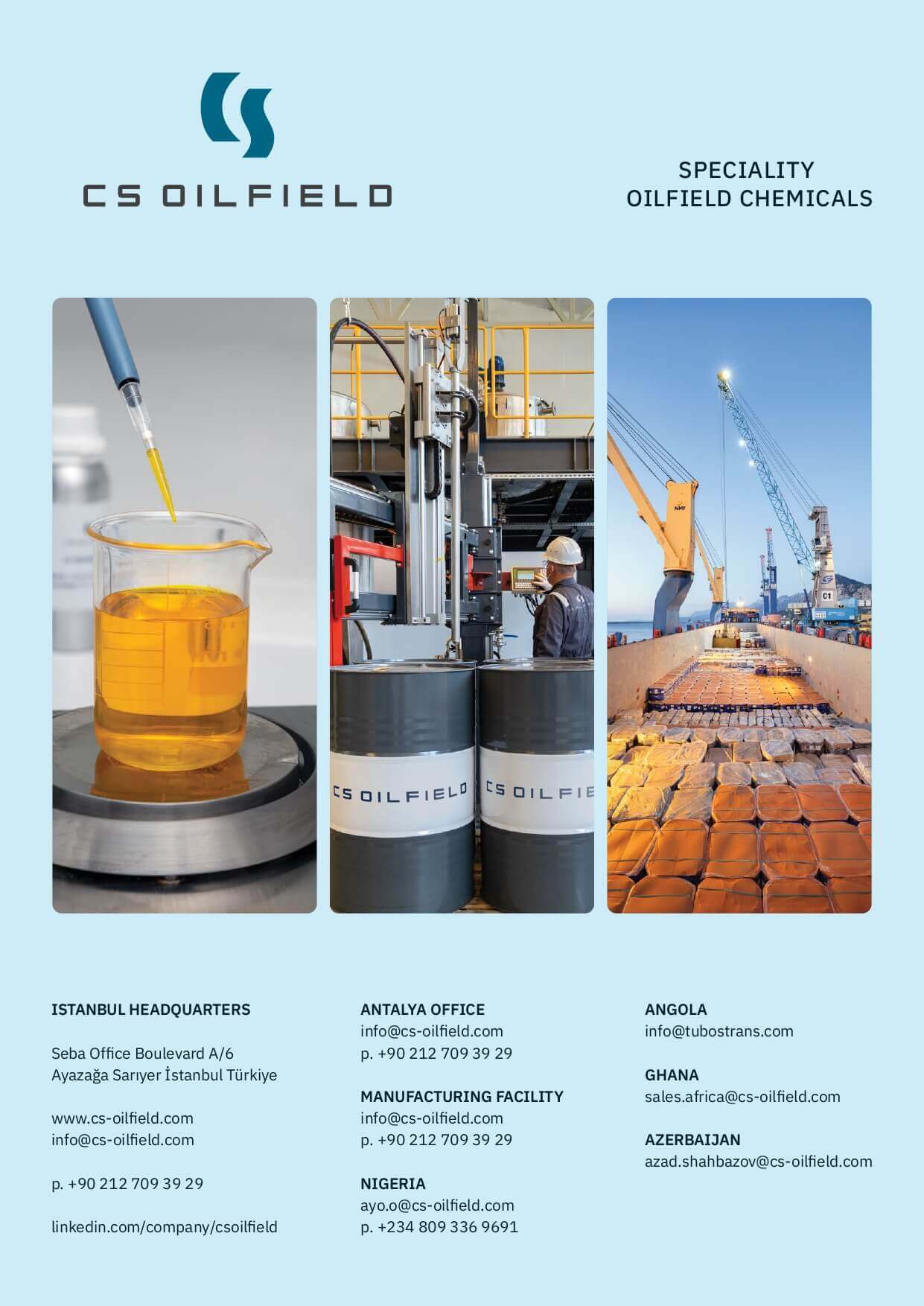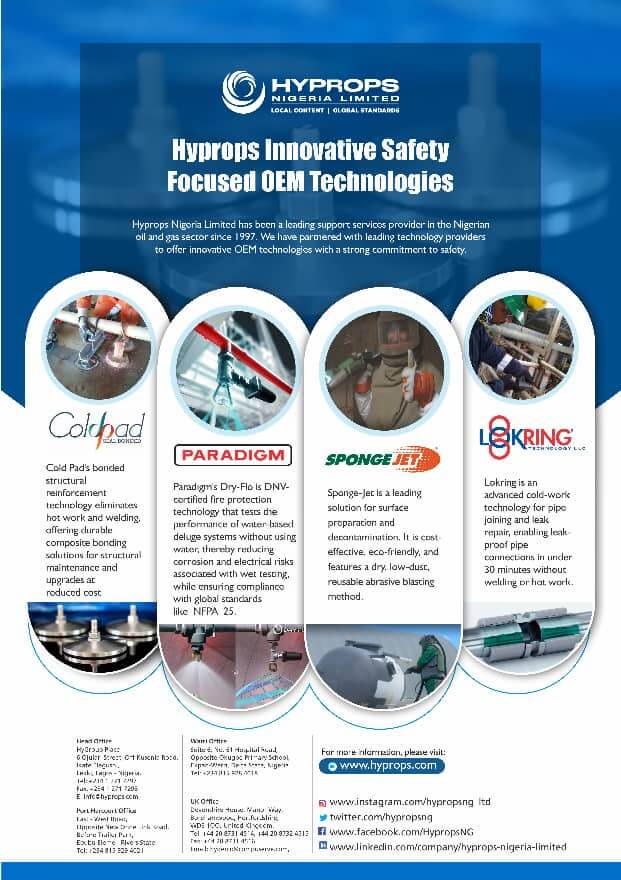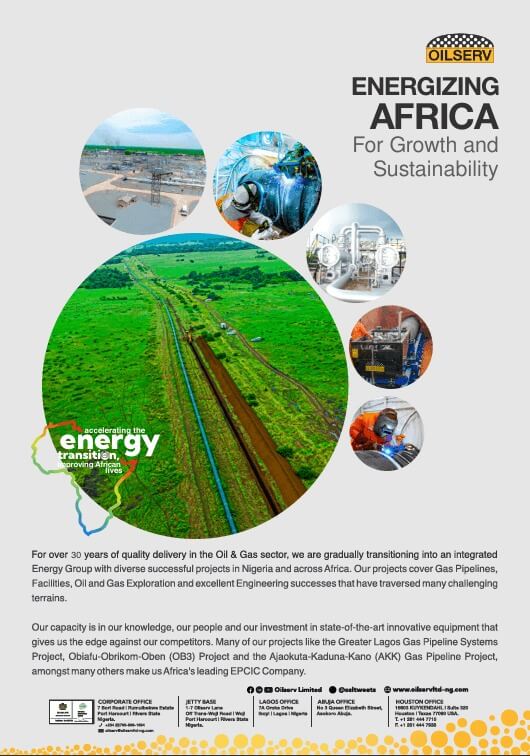It has been nearly two years since the launch of ChatGPT and other generative AI (gen AI) tools that revolutionized the way AI is perceived and consumed by industries, businesses, and other users. In that time, McKinsey experts estimate the capabilities unlocked by gen AI have helped accelerate levels of human performance by a decade, on average.
Chemicals and AI: An overview
The chemical industry plays a critical role in the global economy, providing essential materials for most other industries. Today, chemical companies face market forces that require new ways of thinking, including the search for newer materials to support the future innovation needs of the energy transition. Other forces include reinvigoration of growth with both new and existing customers, efficiencies in manufacturing and supply chain to fund growth and innovation, and significant talent and capability attrition as the workforce turns over.
“Gen AI” refers to applications that can process varied sets of unstructured data (such as lab notes, technical specification sheets, scientific literature, and sales presentations) as well as structured data (such as customer relationship management and transactional data) to aid synthesis, suggestions, and new content generation. In this way, gen AI generates new ideas by identifying patterns in data sets, particularly when it comes to complex tasks such as finding new applications, customer acquisition, and molecule or materials discovery. By contrast, more traditional, analytical AI typically solves specific tasks by analyzing data and making predictions based on structured data sets and predefined rules.
AI and gen AI are not competing technologies; rather, they can complement each other. The combination of the two technologies, referred to here as “gen AI,” has the potential to transform nearly all aspects of the chemical industry, revamping the ways companies operate and potentially unlocking billions of dollars in value. Although core pricing and forecasting models will likely continue to be based on traditional AI, generative technology allows organizations to prepare data faster, tap into internal and external sources, and support conversational abilities that can lead to pricing or forecasting insights.

Companies will likely need to have a combination of digitalization, technical capabilities, and scientific expertise before they can harness the potential of AI, and not every use case will apply across the board. The potential risks of AI must also be accounted for, including the accuracy of responses, security from cyberattacks, protection of competitively sensitive data, biased outputs, and the risk of intellectual property infringement.
The AI opportunity in chemicals
Innovation in the chemical industry has been slow. As a point of comparison, Amazon spent $73 billion on technology and infrastructure (a major component of which was R&D) in 2022, while the entire US chemical industry spent $13 billion. Some of this slowness is structural, arising from the industry’s asset-heavy nature, longer innovation cycles compared with software or consumer goods, enhanced regulatory considerations, and less-distributed customer base (primarily due to the B2B nature of offerings). However, the industry has also been a late adopter of new technologies and has subsequently been slow to deploy them to derive business value.
In the chemical industry, gen AI represents a substantial leap forward, making the generation of insights and creative processes, such as new molecular and marketing designs, more accessible and customizable. This democratization of technology can help companies, especially those with below-average performance, significantly enhance their operations.
Moreover, gen AI is reshaping competitive landscapes by enabling new ways to generate hypotheses using diverse data sources, augment individual creativity with systematic support, and embed tacit knowledge into institutional advantages. This evolution reduces entry barriers for new players, which can now use customer data more effectively and offer their products without traditional constraints. In addition, customers could gain the ability to easily compare and select suppliers, thanks to increased transparency. These shifts suggest that future competitive advantages in chemicals will rely heavily on the strategic use of AI.
Although gen AI was initially seen as a productivity lever, over the past year some organizations have uncovered its growth potential as well, particularly in new-customer identification and account management. The following 11 use cases cover three chemical domains that McKinsey experts regard as having the greatest potential for near-term impact.

















